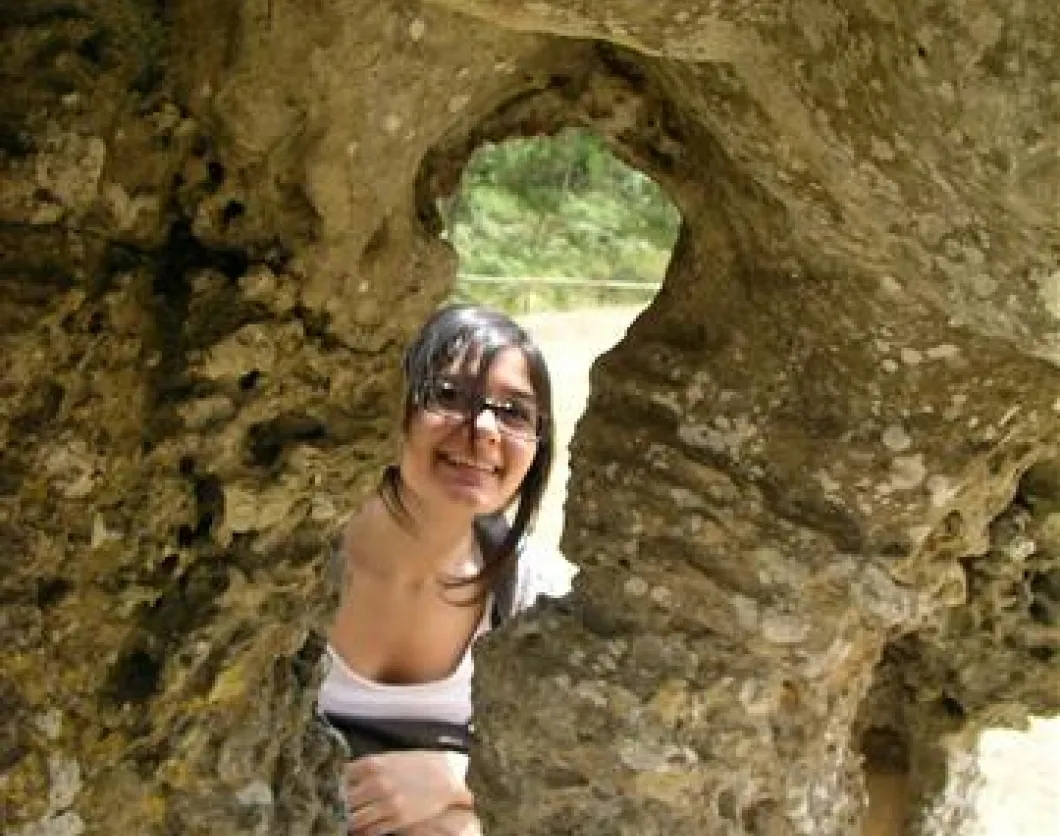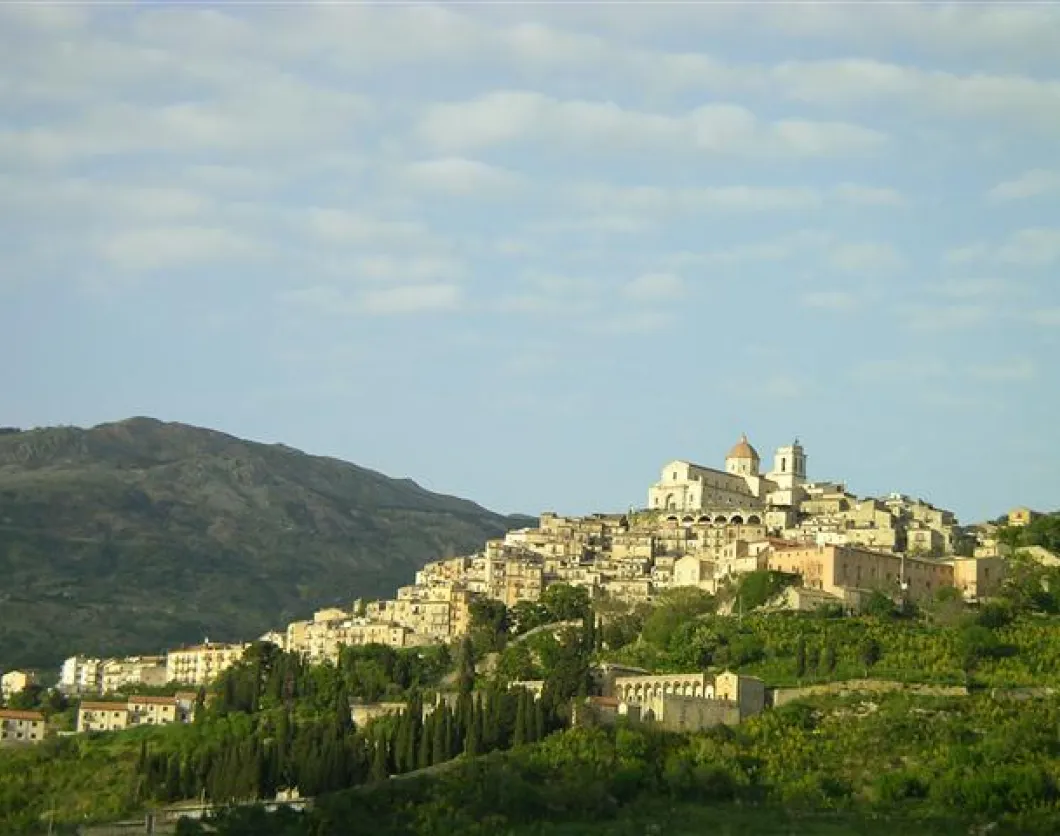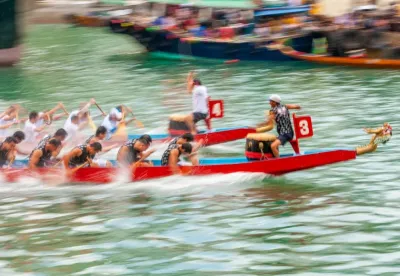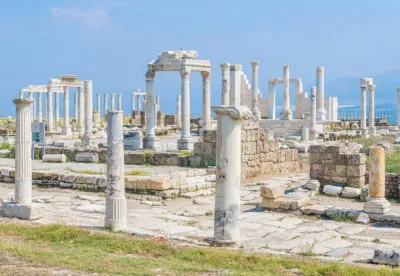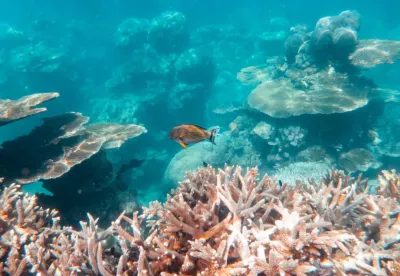The most important actions carried out by the Madonie Park body in the last few years have concerned territorial animation through activities of enjoyment, information, training and environmental education devoted to the Geopark. These are activities that all Geoparks in the European network constantly valorize and celebrate every year, between the last ten days of May and the first ten of June, during the “Geoparks Week”, the European Week of Geoparks, that should stimulate and promote use and enjoyment of the geological heritage for the benefit of the resident population. The fundamental merit of this activity lies in the wise connection between the geological, natural and cultural heritage that allows people to enjoy the “genius loci” or “spirit of the place” of every context or site offered for visit.
All information and suggestions for open-air exploration of the Park can be found in the Madonie Geological Museum established in collaboration with the commune of Petralia Sottana and connected to the A. Collisani Archaeological Museum. The Madonie Geopark Museum safeguards the memory of our land and tells the story of migrating continents, seas that advance and dry up, and rocks that still creak and crumble in the sun, reminding us that everything moves and changes.
Since October 2004, together with the first geological path of the Madonie Park and the Sicily of the “Battaglietta-Portella Colla Pothole” inaugurated during the 5th European Congress of Geoparks, the museum has constantly been visited by school groups, university students, associations, visitors and tourists of all ages that have appreciated its teaching model and interactive innovation.
Encouraged by the increasing geo-tourism flows, the Madonie Geopark Museum was subsequently implemented to focus on the genesis of rock-salt, which is exceptionally concentrated in the active Petralia Soprana mine and in the nearby abandoned mines along the upper River Salso. The latter, not yet open to the public, but already projected for the evaluation of the geological heritage of the territory, await initiatives and shared policies aiming at geo-tourism enjoyment that so many people call for.
For the first time and in harmony with the principles laid down by the EGN Statute, the “Stones and water pathway”, a set of three paths, brings together the cultural and archaeological elements closely connected to the geological vicissitudes. This is the case of the Castellana Sicula archaeological area, inside which the building to be used as a museum has already been restructured and completed. Here, as in so many other archaeological sites in the Madonie, the close relationship between archaeology and geology shines through what has also emerged in recent excavations of other extremely interesting sites.
Other recently developed activities typical of a European geopark include school programmes, permanent and itinerant exhibitions and guided tours, also in the surrounding towns and villages. For instance, going along the Urban Geological Path at Petralia Sottana or at Sclafani Bagni it is possible to discover and read, among pages and pages of geo-diversity of rocks used by man, the biodiversity of the past and events in the territory that fascinate not only geologists.
The “Water Museum” Permanent Education Centre at Scillato reminds us that water is an irreplaceable source of life, a heritage of humanity and an inalienable and universal right. The path along the Tiberio Gorges at San Mauro Castelverde reminds us of what all waters on Earth should be like and not only those in protected areas.
The geological section of the Caltavuturo Civic Museum, another information and training point in the Madonie Geopark, has various panels illustrating the geological paths and the geo-sites in the Park, a model reproducing the village and the rock that looms over it, and a permanent exhibition of the most representative rocks. Together with the “Rocca di Sciara” path, it enriches the geo-tourist offer.
From everything that has been enacted and animated to assess the geological, natural and cultural heritage for the purposes of environmental education and sustainable local development, the commune of Isnello too is a protagonist of animation of elevated scientific contents to promote initiatives serving for knowledge and popularization of the astronomic sciences that proceed starting from its own geological substratum, “Towards the Astronomic Park of the Madonie.” This is a true Astronomic Park financed by CIPE, to be created atop Monte Mufara distant from light pollution and connected to the teaching and popularization structure already identified in the urban context of the village.
Through the fascination of geological culture connected to projects for education to sustainability, convinced auto-involvement of the local administrations and bodies responsible for the development of the territory, we have taken under our aegis resources and potentialities of our identity and our places founded on rocks that emanate culture.
By Dr. Pasquale Li Puma

